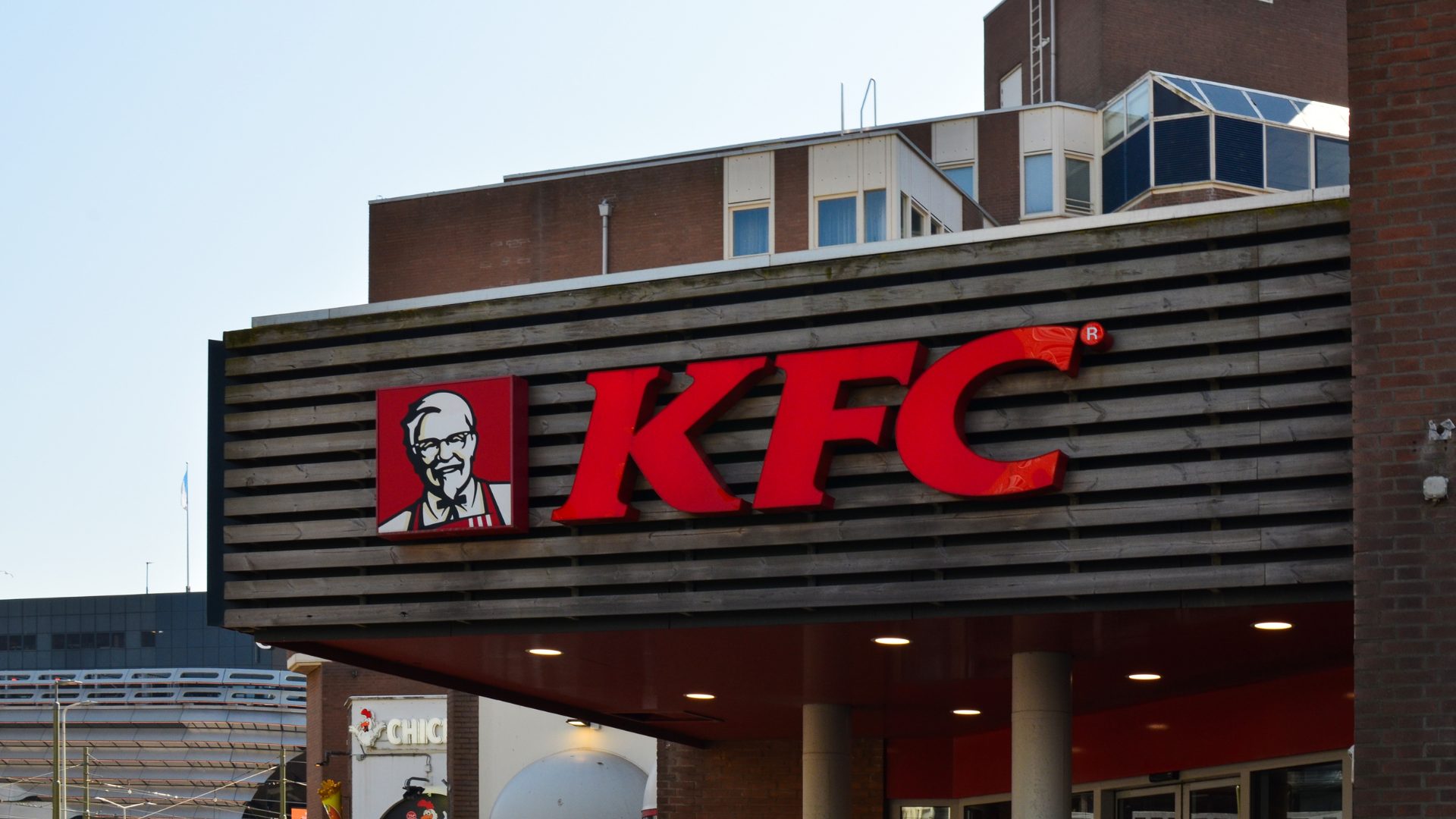Starbucks has already dominated urban areas and the suburbs. Now, the chain has its sights set on smaller, rural communities.
Starbucks, a chain ubiquitous in American cities, is targeting a new growth opportunity in small towns. The coffee giant’s investors recently said there’s “headroom” and opportunity in rural America as the chain is poised to overtake Subway’s 20,000 domestic units to become the most prolific restaurant chain in the U.S.
Starbucks currently has 16,144 locations in the U.S. and added more than 400 last year alone, reported Restaurant Business.
Expanding in small towns “is a great move,” said Bob Vergidis, a restaurant expert and executive with pointofsale.cloud, to The Food Institute. “Remember, post-pandemic mid-town business districts have become ghost towns. These small towns are markets waiting for new food and drink options.
“Adding a Starbucks [in a small town] makes total sense, because this market offers a reliable clientele that’s looking for inexpensive luxuries.”
Starbucks officials feel America’s small towns boast big potential.
“We have an opportunity with regard to net store growth in the U.S.,” CEO Laxman Narasimhan said during Starbucks’ Q3 earnings call. “There’s real headroom for us to locate our stores where we see customer growth, smaller towns. …”
Close Communities = Optimal Opportunities
More restaurant chains have considered locations in smaller communities, especially since the pandemic has subsided. After all, as large chains grow, they tend to run out of metro areas in which to build stores, Restaurant Business noted. Small towns are often welcoming of new restaurants, as chains like Culver’s have proven in the Midwest in recent years.
“Small, rural towns value community and Starbucks can do well if it supports and engages with the local community. Being a good neighbor will go a long way,” Vergidis said.
In a statement sent to The Food Institute, Peter Saleh, managing director and restaurant analyst at BTIG, indicated Starbucks is largely on solid financial footing and has regained its pre-pandemic momentum due in part to new store growth.
Vergidis agrees that Starbucks’ foreseeable future appears bright, due in no small part to its expansion plans. Small towns, he said, offer significant opportunities.
“As many markets are pricing out consumers with the rising cost of real estate and raising families, we’ll start to see small towns becoming more attractive and drawing in more people,” Vergidis predicted.












